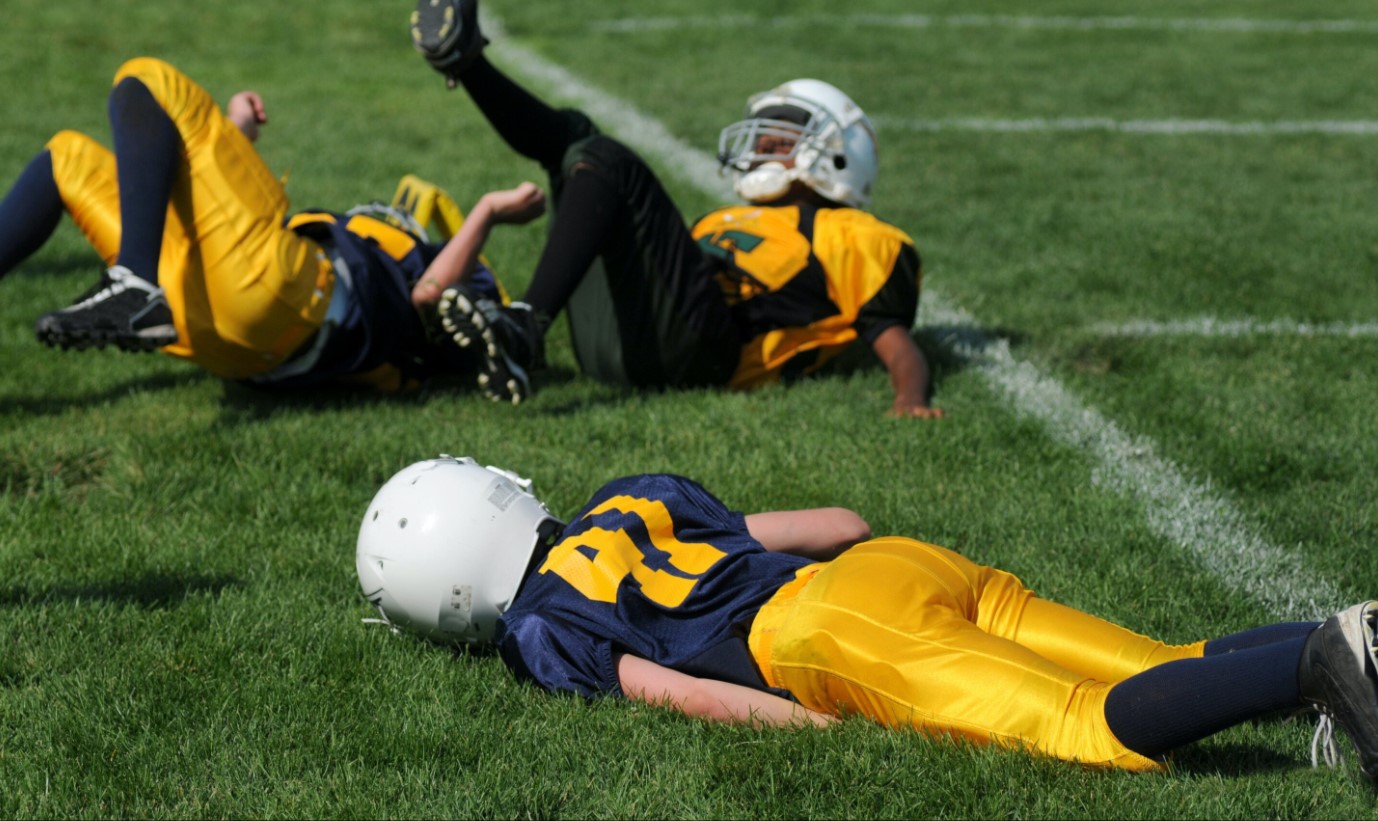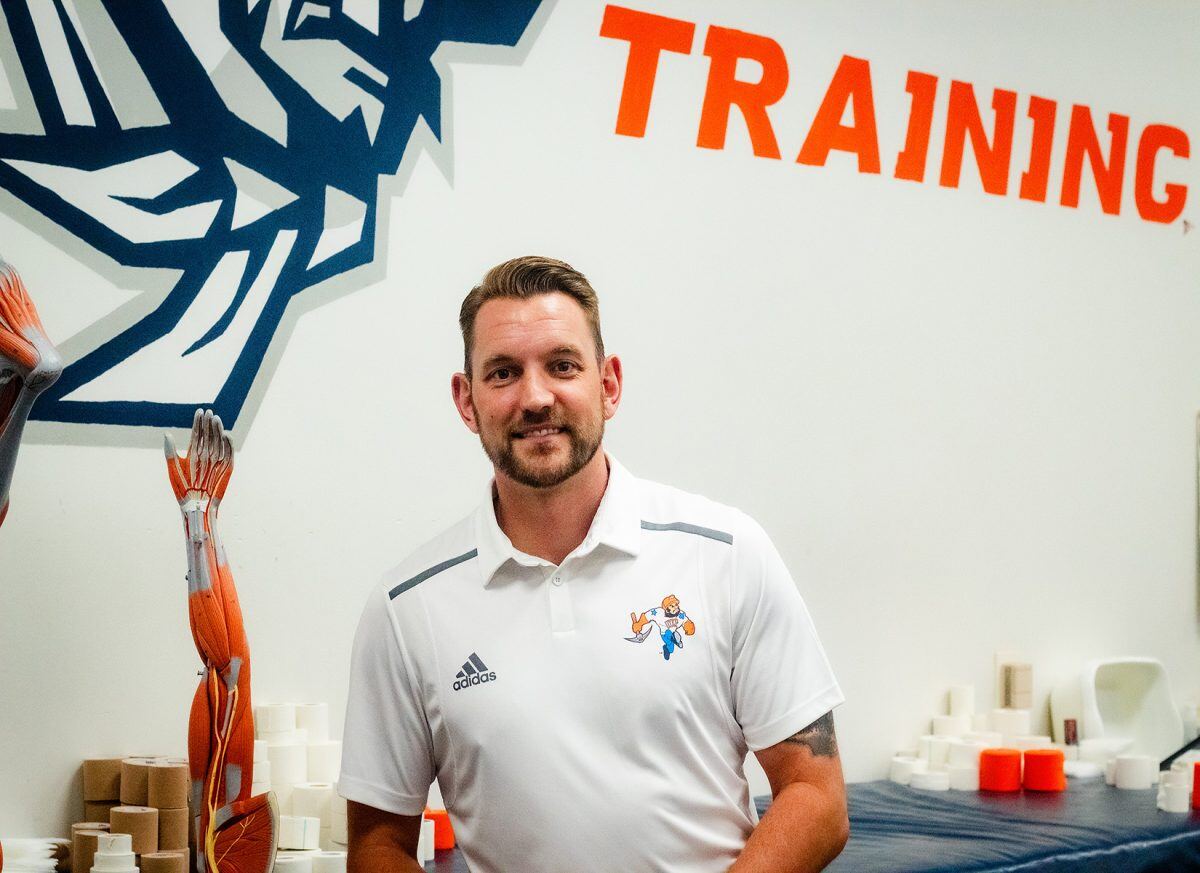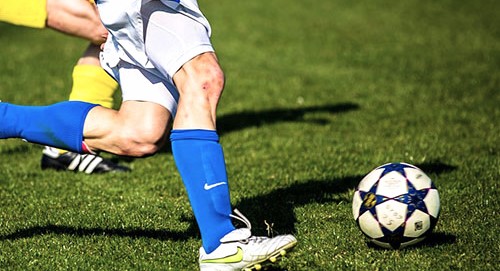New Methods to Managing Concussions?
 In a recent report by Orlando Health, the British Journal of Sports Medicine has released new guidelines on effectively managing sports-related head injuries.
In a recent report by Orlando Health, the British Journal of Sports Medicine has released new guidelines on effectively managing sports-related head injuries.
 The panel of experts has suggested a new set of guidelines, based on different age groups. These tools aim to aid in the identification and management of concussions.
The panel of experts has suggested a new set of guidelines, based on different age groups. These tools aim to aid in the identification and management of concussions.
And they have introduced innovative strategies to assist Athletic Trainers and other healthcare professionals, coaches, and parents in determining when an athlete is ready to make a return to school and sports activities.
Their recommendations have a 4-step Return-to-Learn strategy that should be customized for each individual based on their symptoms and needs.
They also suggest a 6-step process for a return to play for athletes. From the article:
"The six-step return-to-sports strategy suggests that each step take a minimum of 24 hours, advancing only if there is no more than mild exacerbation of symptoms:
-
- Symptom-limited activities (walking and similar activities)
- Light- to moderate-aerobic exercise (walking, stationary cycling and light resistance training)
- Individual sport-specific exercise (individual drills away from the team environment)
- Non-contact training drills (more challenging drills in the team environment)
- Full-contact practice (normal training activities) – Medical clearance is recommended prior to initiation of any contact
- Return to sport with medical clearance (normal game play)"
They go on to add a more targeted approach to concussion rehab:
"The expert panel recommends an emphasis on cervico-vestibular rehabilitation for issues with the inner ear and neck. This specialty area focuses on symptoms such as dizziness, headache, neck pain and balance. The vestibular system plays a vital role in stabilizing your gaze when you move quickly. An athlete needs to be able to see clearly while running to catch a ball or avoid something coming at them. Specialized physical therapy can treat these impairments, facilitating safety with return to sport."
Read more over at Orlando Health!
![HR Logo [Recovered]_Full Color Vertical-1](https://blog.healthyroster.com/hs-fs/hubfs/HR%20Logo%20%5BRecovered%5D_Full%20Color%20Vertical-1.png?width=199&height=178&name=HR%20Logo%20%5BRecovered%5D_Full%20Color%20Vertical-1.png)
 By
By


